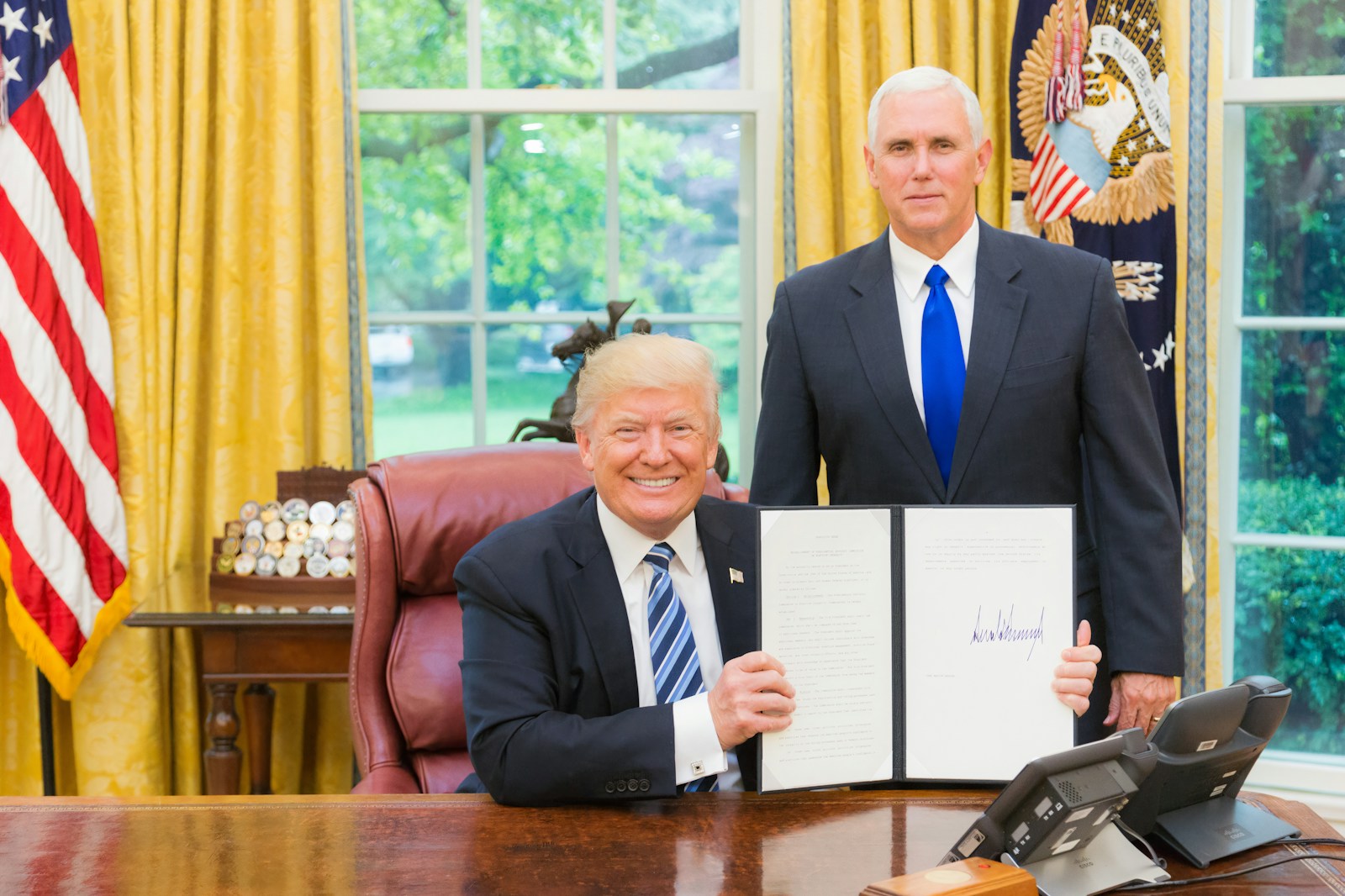Electric vehicle incentives have played a major role in the EV boom—but new legislation from Trump-aligned Republicans is set to dramatically reshape that landscape. If you’re considering an EV, it’s essential to understand how these potential policy changes will affect upfront costs, long-term value, and the industry.
🔍 Context: What Are EV Tax Credits?
The Inflation Reduction Act (IRA) provides two main federal incentives:
- New EV credit up to $7,500 for qualifying vehicle purchases
- Used EV credit up to $4,000 or 30% of the purchase price, whichever is less
These credits phase out vehicle-by-vehicle as manufacturers reach 200,000 new EVs sold. They also depend on supply chain criteria like North American battery sourcing.
🏛 Trump’s “One Big, Beautiful Bill” & Senate Push
In June 2025:
- The Senate Republican version proposes ending the $7,500 new EV credit 180 days after enactment, and removing the $4,000 used credit within 90 days
- It also imposes a $250 annual fee for EVs and $100 for hybrids, retroactive to current owners
- The House version keeps new credits through 2025–26, but still eliminates used credits and adds new fees

The bills also aim to block California’s 2035 zero-emission regs, undermining emissions standards across 10 states.
❗ Why This Matters
- Analysts warn that eliminating credits could shrink EV sales by up to 40% by 2030, slow investment, and increase emissions by 49 M tons washingtonpost.com
- Automakers like Tesla, GM, and Ford may scale back future EV projects amid lower demand washingtonpost.com
- Musk has publicly criticized the bill, projecting a $3 billion impact on Tesla alone businessinsider.com
🚗 5 EVs That Stand to Lose Value
If these credits are reduced or gone, consumers will lose significant savings. These five EVs illustrate what’s at stake:
1. Chevrolet Bolt EV

- Without credit: $27,995 MSRP
- Pros: 259 mi range, affordable
- Cons: Aging design
2. Hyundai Kona Electric SE

- Without credit: $34,950 MSRP
- Pros: 261 mi range, warranty
- Cons: Slightly pricier
3. Tesla Model 3 Standard

- Without credit: ~$40,000+ after price increases
- Pros: 272 mi range, strong public perception
- Cons: Still above MSRP, credit eligibility complex
4. Nissan Leaf S

- Without credit: $28,140 MSRP
- Pros: Proven model, reliable
- Cons: Low 149 mi range
5. Ford Mustang Mach-E

- Without credit: Starting around $45,000
- Pros: SUV utility, performance
- Cons: Pricey entry if credits vanish
📊 Comparison Table: EV Pricing With & Without Credits
| EV Model | MSRP (2025) | +$7,500 Credit | Post-Credit Price | Credit Loss Impact |
|---|---|---|---|---|
| Chevy Bolt | $27,995 | Yes | $20,495 | High (~27%) |
| Hyundai Kona EV | $34,950 | Yes | $27,450 | Moderate (~21%) |
| Tesla Model 3 | $40,000+ | Conditional | ~$32,500 | Significant |
| Nissan Leaf | $28,140 | Yes | $20,640 | High (~27%) |
| Ford Mach‑E | $45,000 | Yes | $37,500 | Moderate (~17%) |
*Prices exclude dealers’ fees and incentives.
⚠️ What Happens If Credits Are Cut?
- EV buyers pay full MSRP—no large upfront discount
- Used EV market shrinks as used credit is phased out
- EV sales may stall, especially for mid-range and city models
- Automakers may delay or cancel future EV models
✔️ What Should You Do Now?
- Buy sooner rather than later — credits might end mid-2025
- Prefer models with long range or strong resale
- Lease instead — some leased EVs might still qualify
- Watch for local incentives — state rebates may still help
- Plan ahead — EVs remain cheaper over time, even without credits (lower fueling and maintenance costs)
FAQs
1. Will all EV credits end suddenly?
Unlikely—Congress will first enact the tax bill, then auto and leasing provisions will phase out 180 days for new and 90 days for used EV credits.
2. Do Tesla EVs still qualify for the $7,500 credit?
Tesla has long surpassed the 200,000 vehicle limit, meaning Model 3/Y/S/X no longer qualify, regardless of legislation kiplinger.com+1reuters.com+1.
3. Can you still write off EV loan interest?
Yes, temporarily: the bill allows a deduction for auto loan interest, up to $10,000—but only for U.S.-assembled vehicles and incomes under specific thresholds kiplinger.com+1reuters.com+1.
🔚 Final Thoughts
2025 marks a pivotal year for electric vehicles. If the Trump-backed tax package becomes law, generous federal credits could disappear mid-year—along with used EV incentives and replaced by annual fees. That means full-price EVs overnight, fewer affordable models, and slower EV adoption overall.
If you’re in the market, ACT NOW. Buying while credits still apply can save thousands. And if you already own a used or new EV, budgeting an extra $250 annually may soon be part of ownership.
Despite these headwinds, EVs still offer long-term savings through lower fueling and maintenance costs. But lawmakers’ decisions this summer could reshape affordability—and the pace of EV adoption—for years to come.
Let’s Talk Cars
Have a question? A suggestion? Just want to say hi?
You’re in the right place.
Use the form below to reach out to the AutoSpecs Daily team. We're happy to hear from readers, car lovers, first-time buyers, and anyone who's got something to share.
What can you contact us about?
- Feedback on one of our articles
- Ideas for new topics you'd like us to cover
- Questions about cars, gear, or general auto advice
- Media, partnership, or brand inquiries
- Anything else that's on your mind
We check every message that comes through and do our best to respond within 2 to 3 business days.
We don’t list an email address here to avoid spam, but the contact form is the best and fastest way to reach us.
Thanks for stopping by. We're glad you're here.

